The festival celebrates various classical and folk dance forms, each carrying its unique history and cultural significance:
Classical Forms

Bharatanatyam
Bharatanatyam stands as one of the world's oldest classical dance traditions, with an unbroken lineage spanning over two millennia. Originating from the temples of Tamil Nadu in South India, this ancient art form draws its theoretical foundations from the Natya Shastra, a comprehensive treatise on dramatic arts written by the sage Bharata. The dance form is characterized by its precise geometrical patterns, rhythmic footwork, and elaborate hand gestures known as mudras.

Kathak
Kathak, emerging from the storytelling traditions of North India, evolved from temple courtyards to royal courts, absorbing Persian and Islamic influences along its journey. Originally practiced by wandering bards called Kathakars, this classical dance form developed into a sophisticated art that combines rhythmic virtuosity with graceful movement and dramatic expression. The dance is distinguished by its focus on footwork, with dancers wearing ghungroos (ankle bells) that create intricate rhythmic patterns.
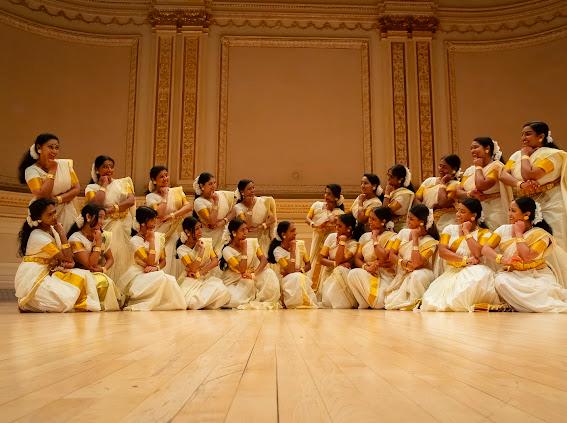
Mohiniattam
Mohiniattam, known as the 'dance of the enchantress,' is Kerala's classical feminine dance tradition that embodies the cultural ethos of the region. The dance form derives its name from Mohini, the feminine enchantress avatar of Lord Vishnu, and attam, meaning graceful and sensuous dance. Its distinctive features include swaying movements (dhulika) that mirror the gentle flow of Kerala's backwaters and palm trees, creating a mesmerizing visual poetry.

Kuchipudi
Kuchipudi, originating from the village of its namesake in Andhra Pradesh, represents a unique blend of dance and drama in the classical Indian dance repertoire. Initially performed as dance-dramas by male artists who portrayed all characters, the art form has evolved into both solo and group presentations. The dance style is renowned for its theatrical elements, including speech, song, and dramatic expression, combined with dynamic movement patterns and rhythmic complexity.
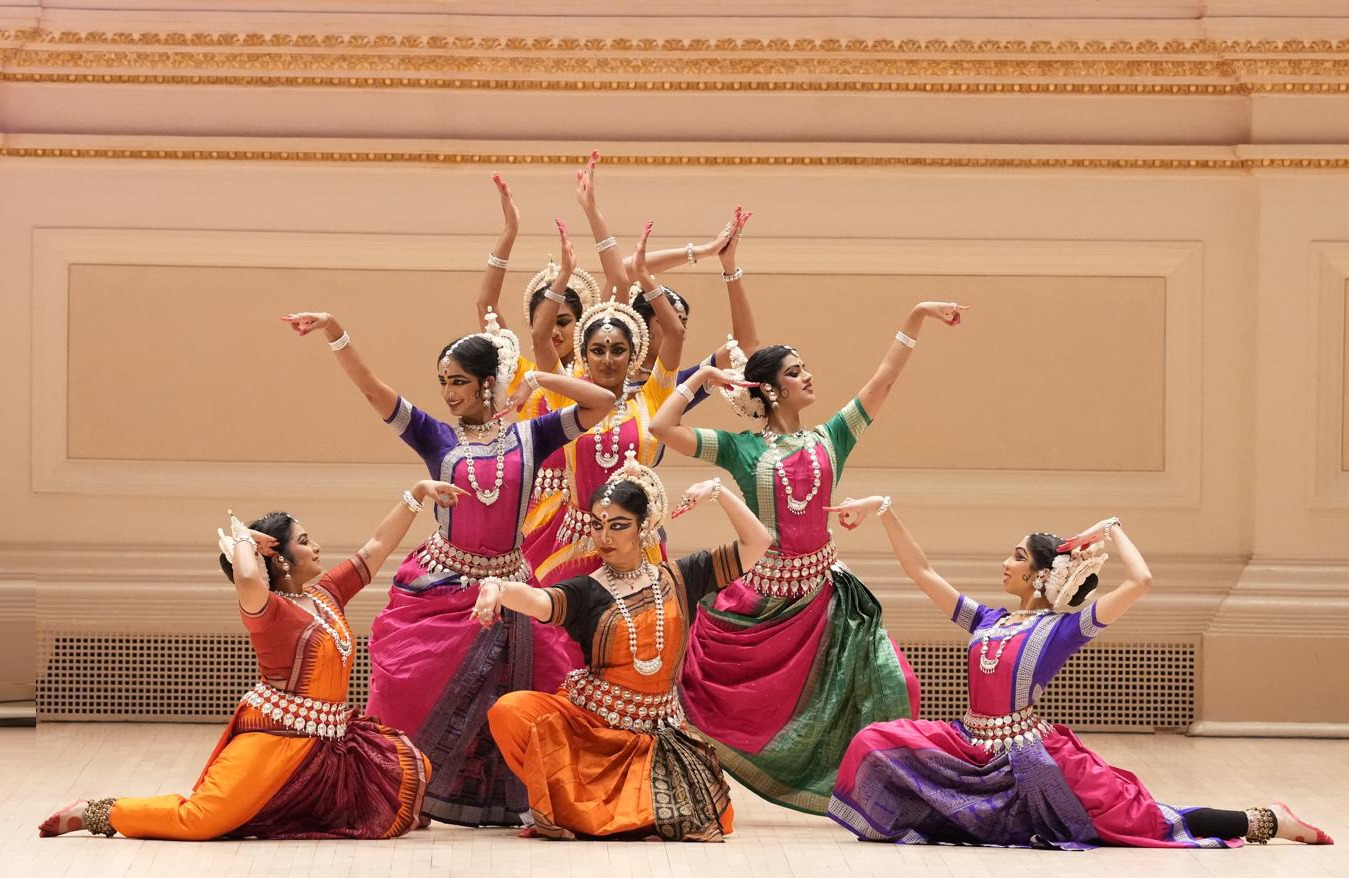
Odissi
Odissi, with its roots in the ancient temples of Odisha, particularly the Sun Temple of Konark and Jagannath Temple of Puri, represents one of India's most visually striking classical dance forms. The dance style is distinguished by its unique tribhanga posture, which creates three body bends at the neck, torso, and knee, embodying the sinuous grace of Indian sculpture. Archaeological evidence, including temple carvings and ancient texts, suggests Odissi's existence as a highly developed performance art for over 2000 years.
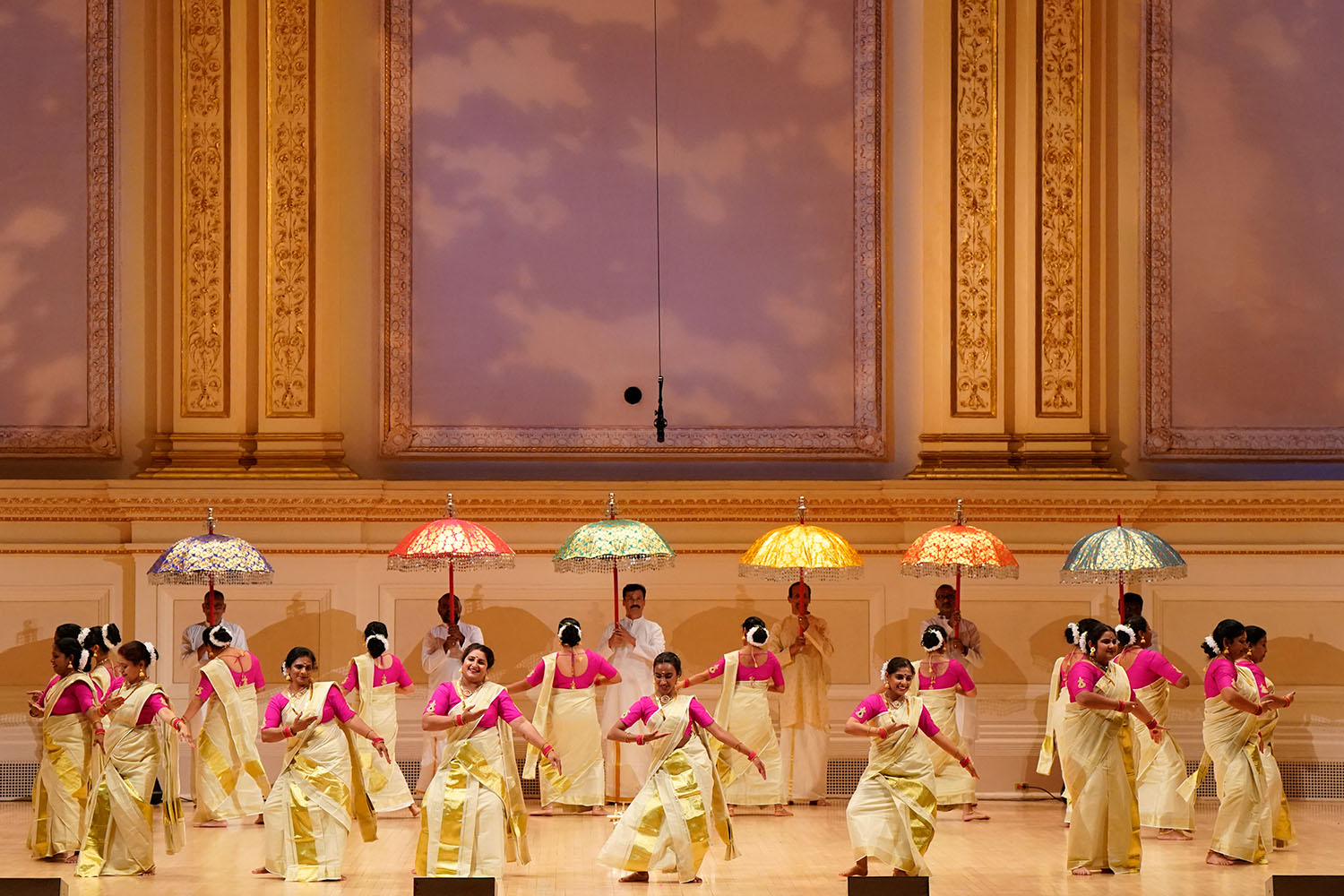
Thiruvathira
Thiruvathira, also known as Thiruvathirai or Arudhra Darisanam, is a festival that resonates with the vibrant cultural ethos of South India, particularly in Kerala and Tamil Nadu. Rooted in deep mythological stories and celebrated with fervent devotion, this festival is a testament to the region's rich traditions and spiritual heritage. While the essence of Thiruvathira remains the same, modern celebrations have adapted to include various social and cultural events, such as dance competitions, cultural programs, and charity events. Despite these changes, the core of Thiruvathira — devotion, dance, and a sense of community — remains untouched.
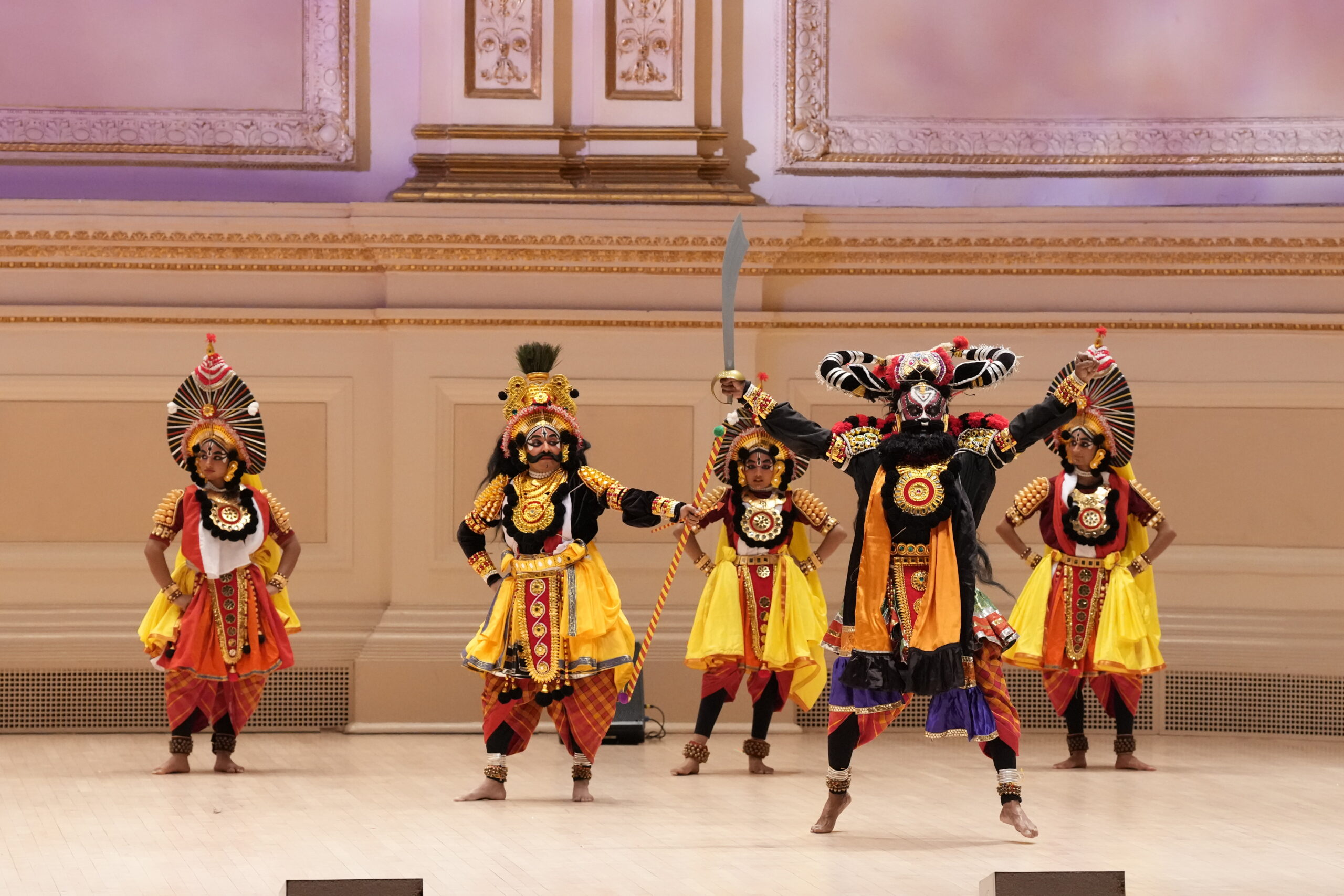
Yakshagana
Yakshagana is a traditional Karnataka art form that combines dance, music, and drama to tell stories from Indian epics, primarily the Ramayana and Mahabharata. It is known for its elaborate costumes, intricate facial makeup, and vibrant performances that typically last from sunset to sunrise. Performers wear vibrant, detailed costumes and elaborate, colorful face paint that helps to visually distinguish different characters and their attributes. The performance is accompanied by a chorus and musicians who play traditional instruments like the maddale and chande. The music draws from a blend of Karnataka Sangeet and Hindustani music traditions.
Folk Forms
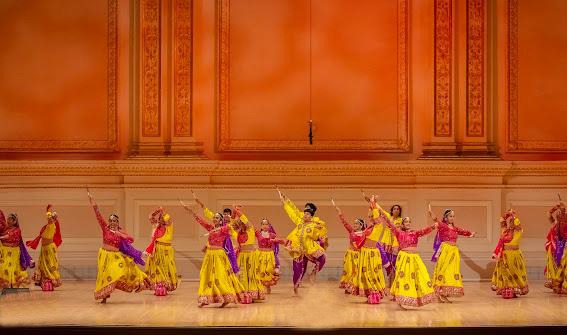
Kolata
Kolata is the traditional folk dance of the state of Karnataka, located in Southern India on the western coast. It is performed with coloured sticks and usually involves both men and women dancing together. Second, very rigorous play of sticks only by men dancing to folk songs. Sticks here are thick and hard to sustain strong play.
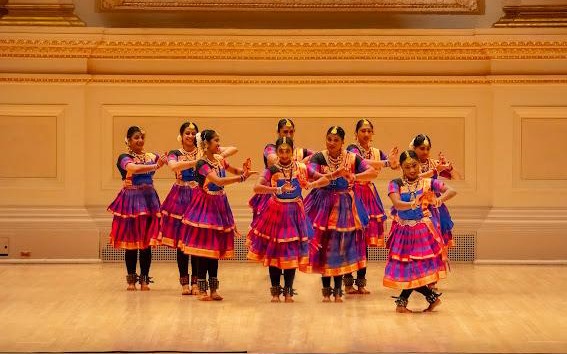
Koravanji
The Koravanji Dance is a traditional folk dance from Tamil Nadu that brings to life the vibrant energy of rural culture. This dance form is inspired by the Koravanji community, known for their lively spirit, storytelling, and fortune-telling traditions. Dancers portray characters in a humorous and expressive manner, often incorporating storytelling elements to convey folk tales, social messages, or cultural themes.
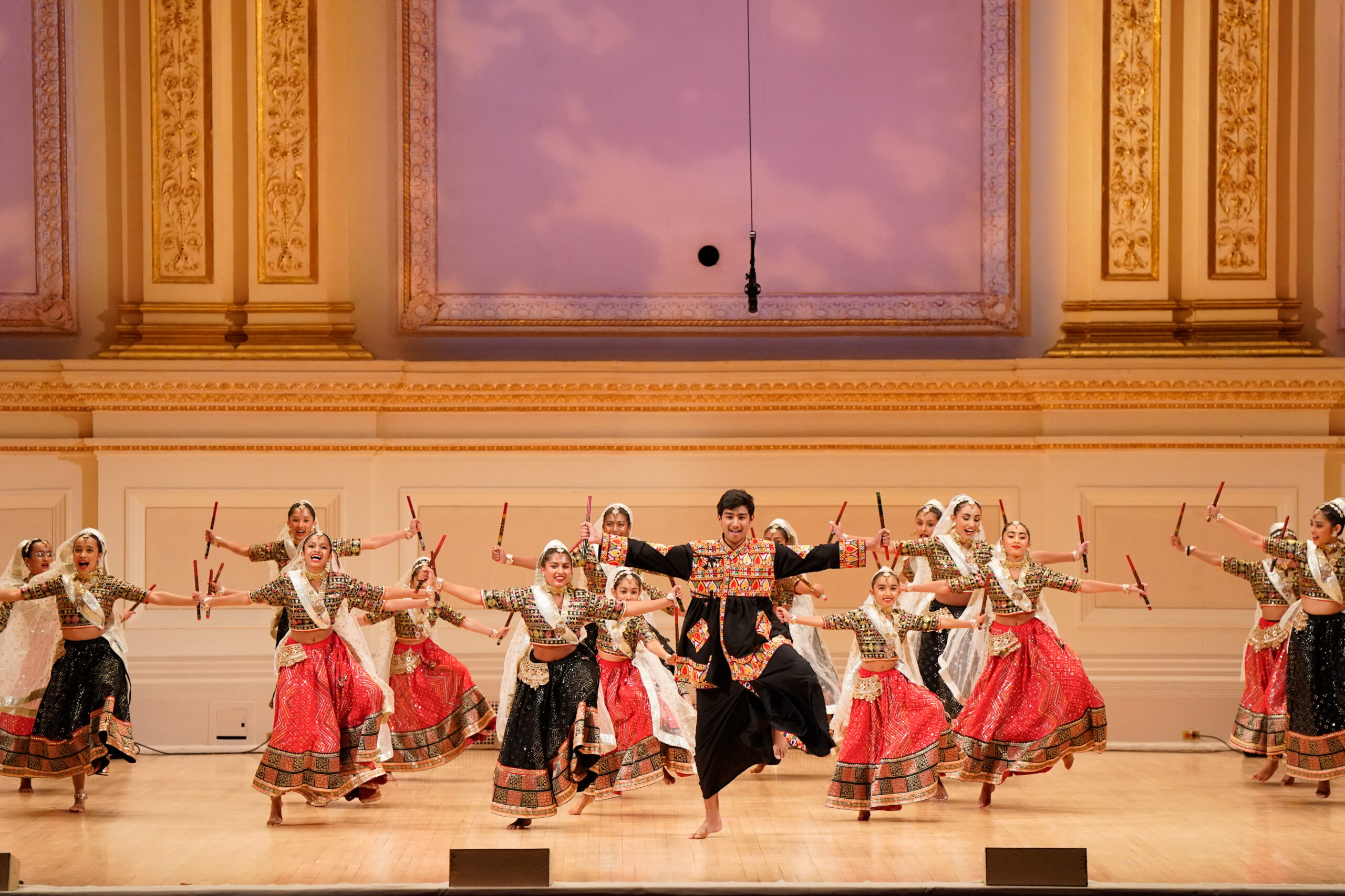
Garba
Garba, the vibrant folk dance tradition of Gujarat, represents the perfect fusion of spirituality and communal celebration. Originally performed as a devotional dance to honor the Divine Mother during the nine nights of Navratri, Garba has evolved into a year-round celebration of life and community. The dance takes its name from the Sanskrit words 'garbha deep' (womb lamp), referring to the earthen lamp traditionally placed at the center of the dance circle, symbolizing life's eternal cycle.
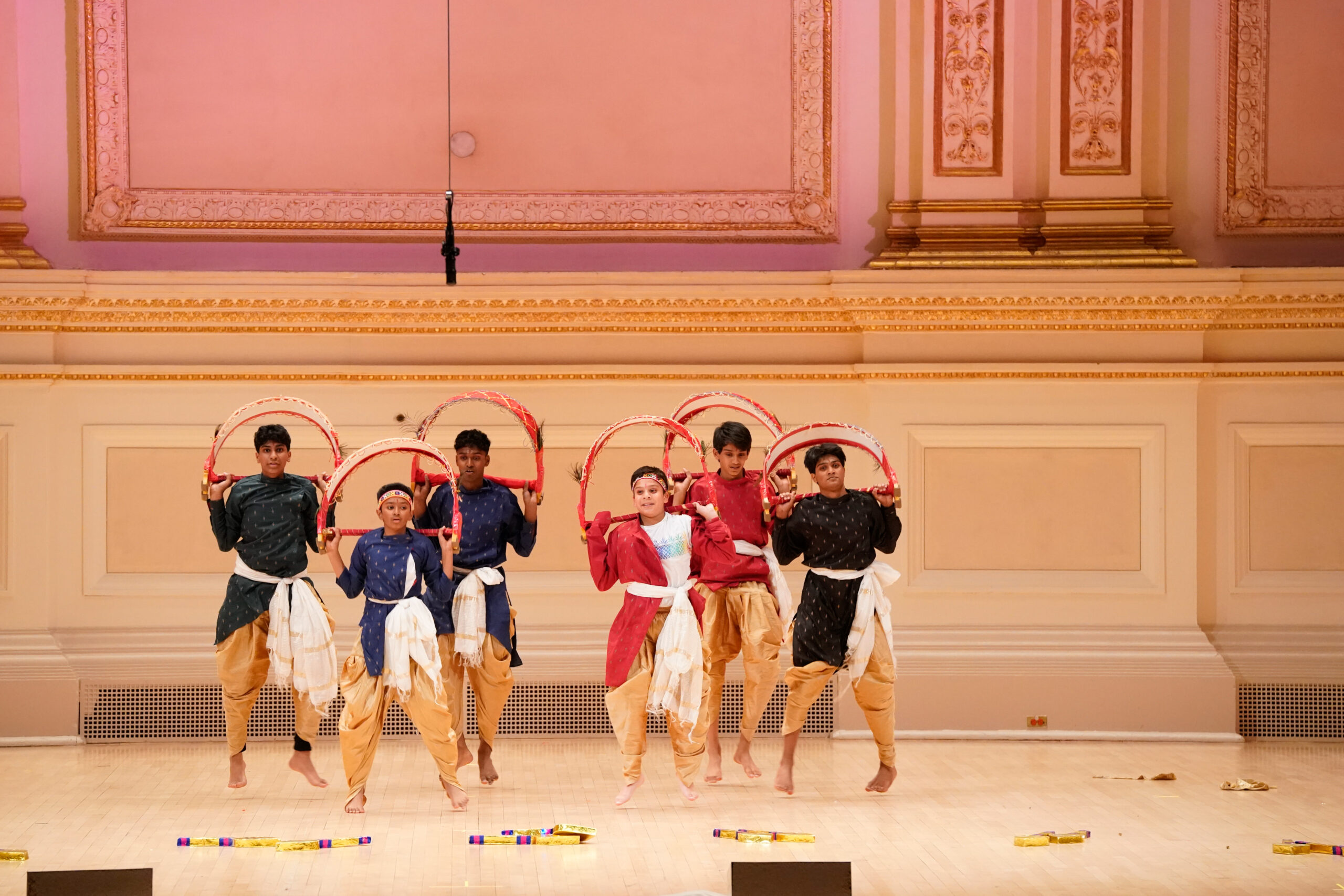
Kavadi
Kavadi, a devotional dance-offering from Tamil Nadu, represents the profound intersection of physical endurance, spiritual devotion, and artistic expression. This unique dance form originated as a ritualistic offering to Lord Muruga, where devotees carry elaborate wooden arches (kavadi) decorated with peacock feathers, flowers, and bells. The dance involves specific movement patterns that have evolved over centuries, combining ceremonial steps with devotional expressions.
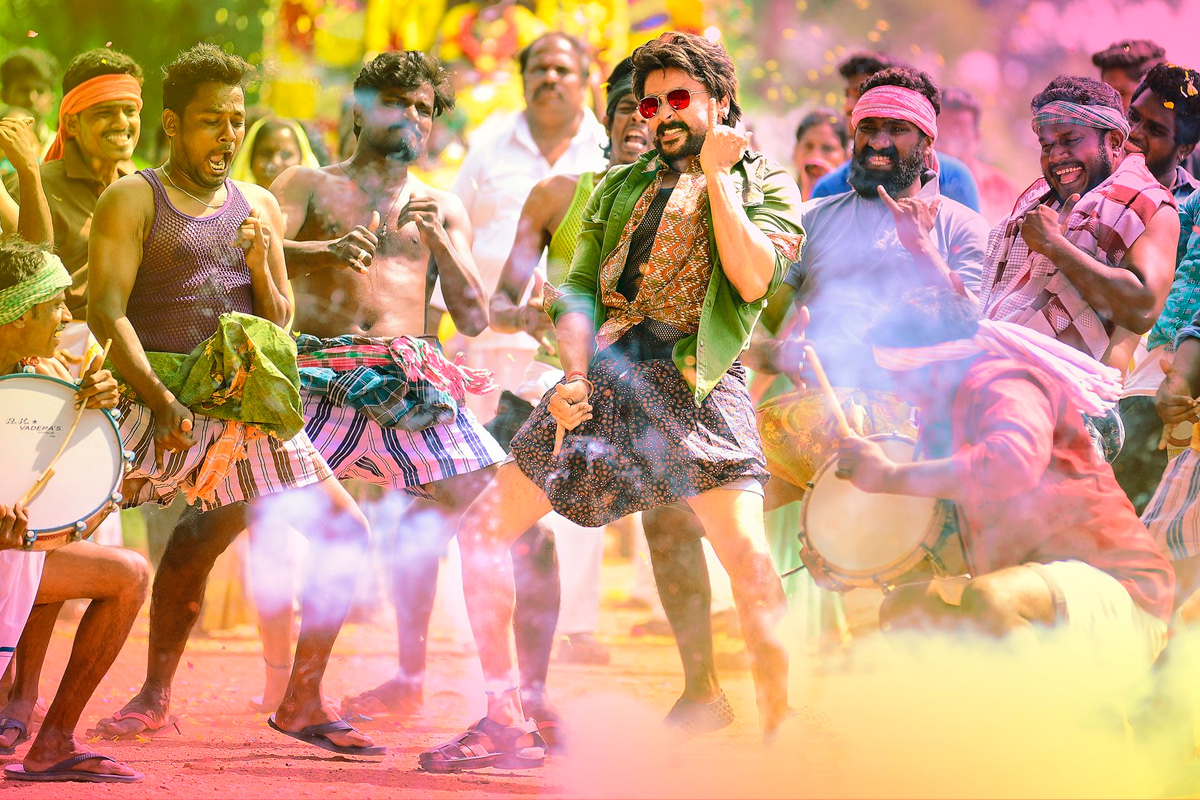
Kuthu
Kuthu, the energetic folk dance form from Tamil Nadu, embodies the raw emotional expression and cultural vitality of the region's working classes. Originally developed as a form of social commentary and celebration among labor communities, Kuthu has evolved into a dynamic performance art that combines powerful rhythmic movements with storytelling. The dance form is characterized by its freestyle nature, allowing performers to express their individuality while maintaining traditional movement vocabularies.
